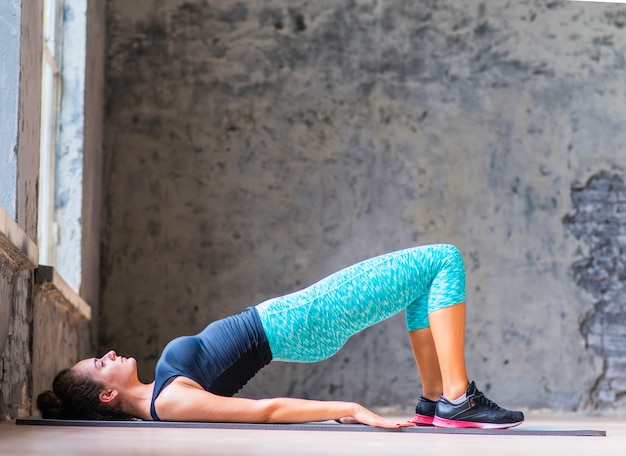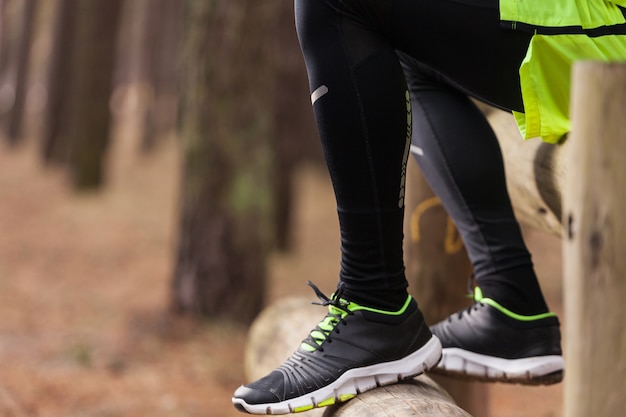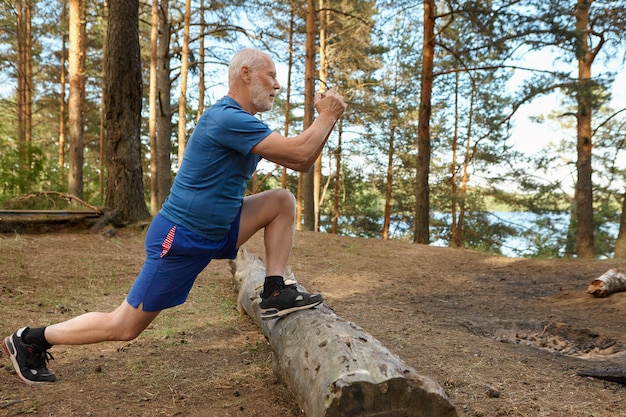Trail running is one of the most accessible and rewarding forms of exercise. It connects you with nature, challenges your body in dynamic ways, and fits into real-life schedules—no gym membership or fancy gear required. But with uneven terrain, elevation changes, and unpredictable surfaces, the risk of injury can be higher than on paved paths. The good news? You can significantly reduce that risk with simple, practical strategies that don’t demand extra time or equipment.
Whether you're new to fitness or just starting your trail running journey, these five science-backed tips are designed for real life: minimal gear, no gym experience needed, and easy to integrate into your routine.
One of the most effective ways to reduce injury risk is improving your running cadence—how many steps you take per minute. A higher cadence (typically 170–180 steps per minute) encourages shorter, quicker strides, which reduces overstriding and impact forces on your joints.
You don’t need a coach or wearable to start. Simply focus on taking quicker, lighter steps during your next trail run. Count your steps for 30 seconds and multiply by two. If it’s below 170, gradually increase by shortening your stride. Over time, this subtle shift can protect your knees, hips, and lower back from repetitive stress.

Trail running demands balance, stability, and strength—especially in the hips, glutes, and core. The best part? You can build this strength at home with no equipment.
Incorporate just 10–15 minutes of bodyweight exercises 2–3 times per week. Focus on movements like:
These exercises take little time and require zero gear. Doing them consistently strengthens the muscles that protect your joints and keep you upright when the trail gets rocky.

Skipping the warm-up is tempting when you’re squeezing in a run between tasks. But a proper warm-up primes your muscles and nervous system for the demands of trail running.
Instead of long static stretches, do a 5-minute dynamic routine. Try:
This sequence increases blood flow, improves range of motion, and activates key muscles—reducing the risk of strains and missteps on technical terrain.
You don’t need the most expensive trail shoes, but you do need a pair that fits well and offers decent grip and protection. Look for shoes with a moderate amount of cushioning and a sticky rubber outsole to handle mud, rocks, and roots.
Avoid using worn-out running shoes or flat-soled sneakers. Even minimal upgrades can prevent slips, ankle rolls, and foot fatigue. Replace your trail shoes every 300–500 miles, or when you notice visible wear on the sole or midsole.
If you're just starting, try borrowing or renting a pair to test before buying. The right fit matters more than the brand.

One of the biggest causes of injury is doing too much too soon. Trail running is more intense than road running due to elevation and terrain, so progress gradually.
Use the “talk test” to monitor effort: if you can’t speak in short sentences, you’re pushing too hard. Start with shorter runs on gentler trails and build up distance and difficulty over weeks, not days.
Also, pay attention to persistent aches. Sharp pain, swelling, or discomfort that lingers after a run are signs to rest or modify your activity. Recovery is part of training—not a sign of weakness.
By respecting your body’s limits, you’ll build resilience over time and avoid setbacks that derail progress.
Trail running doesn’t have to be complicated or time-consuming. With these five strategies—improving cadence, building strength at home, warming up smartly, wearing proper shoes, and listening to your body—you can enjoy the benefits of outdoor running while staying injury-free.
No gym? No problem. No extra gear? You’re still covered. These tips are built for real life, designed for beginners, and focused on long-term health. Lace up, head out, and run with confidence.

Fitness

Fitness

Fitness

Fitness

Fitness

Fitness

Fitness

Fitness

Fitness

Fitness

Fitness

Fitness

Health

Fitness

Health

Health